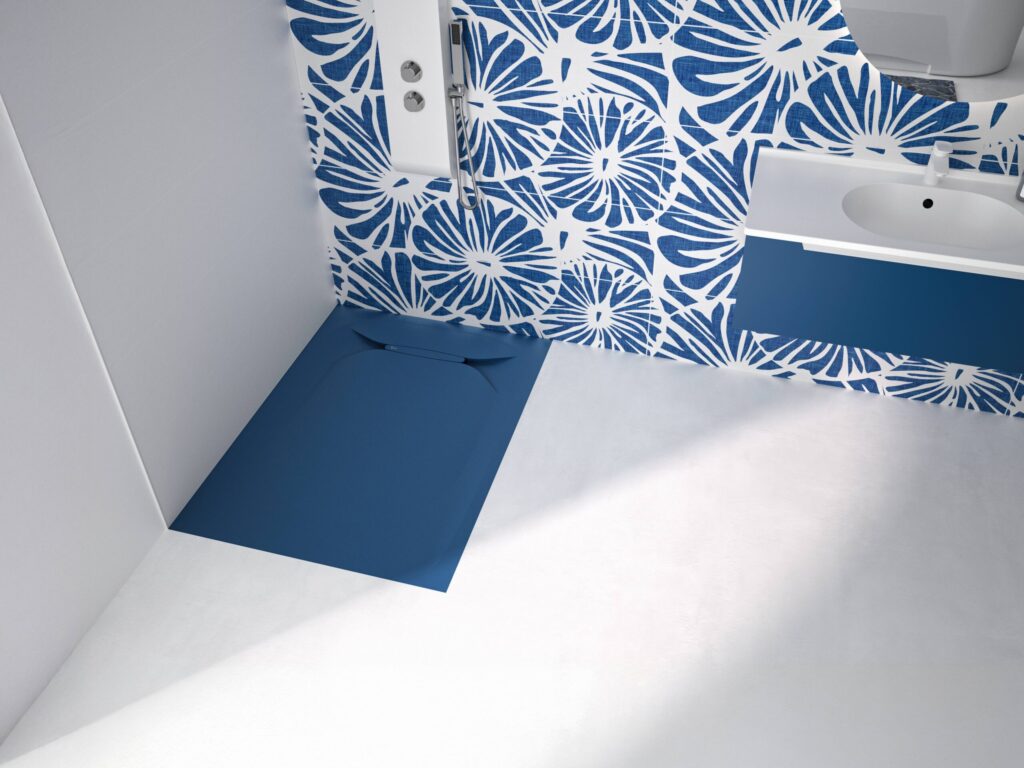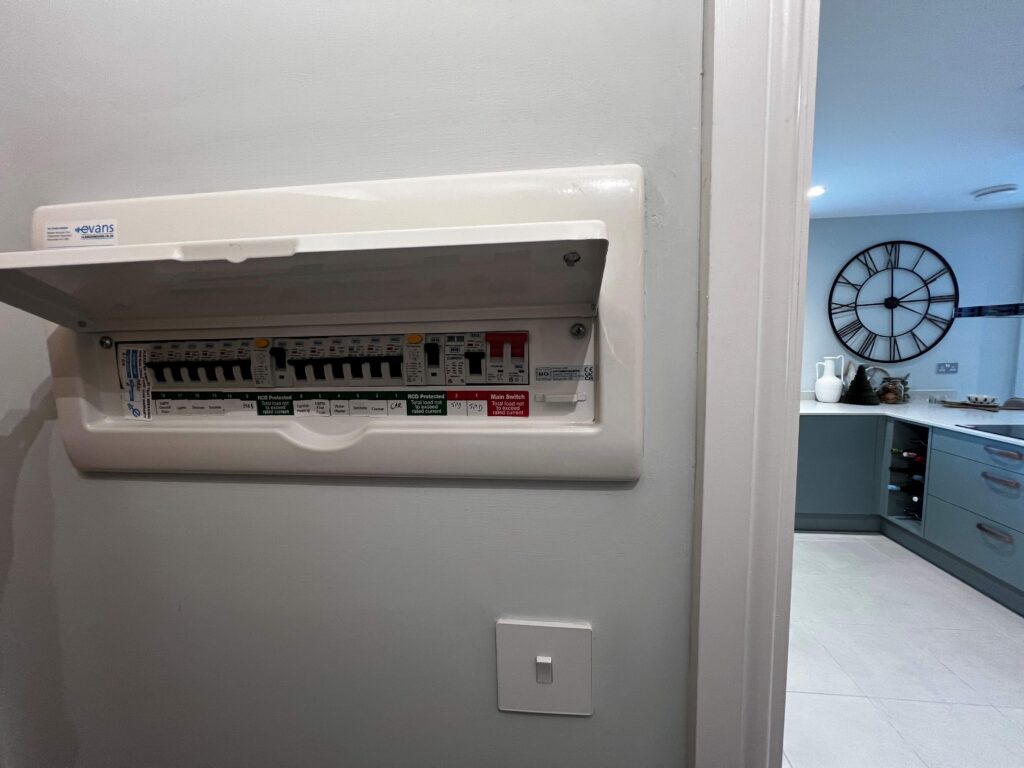The age and size of a building shouldn’t serve as a restriction for upgrading safety protocols and security measures. Andrew Shaw, architectural consultant at Allegion UK, discusses how to maximise safety and security based on your building’s age and design.
It’s easy to understand why the age and size of a building can be seen as a problem when assessing and upgrading safety protocols. The myriad of products and solutions available can also be daunting, ultimately leading to confusion when upgrading old systems or believing that a building’s age presents an incompatibility issue with new systems or hardware.
In reality this isn’t the case. Whatever the size or age of the building the principals of safety remain the same and following a structured logical approach based on current regulations and legislation will simplify the process. Selecting the correct ironmongery and hardware is fundamental and regardless of age or size it can define how effective a building’s safety and security standards are.
The correct product choice is still integral to the overall strategy. However, there are other factors that determine the overall integrity of a building’s security and safety protocols. Ensuring all staff and occupants have adequate training in the safety protocols and procedures is essential in their smooth implementation in the event of an emergency. Evacuation plans and lockdown strategies in particular need to be smooth and controlled, with everyone clear about their roles and responsibilities.
Developments in design and technologies means that the scope of choice is continually growing and so there’s never before been a better time to implement truly well-rounded bespoke solutions.
Age is just a number
The age of a building does not necessarily need to impact the types of protocols architects, specifiers and facilities teams opt for. Indeed, it is an opportunity to scrutinise what’s right and beneficial, as well as to ultimately provide a bespoke solution.
Older school campuses for example, are often spread across many buildings of different types and conditions. It can be a daunting prospect, but once completed in a structured way the long-term management and maintenance of these facilities becomes much simpler going forward. Critically, identifying and inspecting current insitu ironmongery, assessing its functionality and suitability and correctly upgrading where applicable, are all essential parts of this process. Consider preparing an ironmongery schedule during this process, which can then become a permanent record for future maintenance cycles helping ensure nothing is missed and everything is updated on time.
Of course, when upgrading and replacing failed and out-of-date ironmongery, selecting the right product in terms of functionality and also longevity can be difficult. Our industry is constantly evolving with new products and innovations coming online, so selecting the right partner, your trusted advisor, is essential.
Maximising security
In a recent survey of more than 500 facility managers across the healthcare and education markets, 45% say the design or layout of their buildings presents security or safety issues. In the same survey, most rated security of their buildings as first priority, with fire safety coming second.
However, if facility managers feel the design of their buildings could be hindering their levels of safety and security, how can this be improved? First, following a full audit of the premises, they need to identify potential weak points and different levels of security within the different areas. For example, in hospitals certain areas, such as storage areas for sensitive documents or medical supplies, will need to be safeguarded for the protection of patients and to prevent theft.
Furthermore, if the design or layout of the building may be impeding on any escape routes, communication and training is essential. Making sure all of those within a building know what to do in the event of a fire could potentially save lives. Alongside this, making sure the escape routes are easily accessible and free from obstructions should be a given.
The importance of style
All types of buildings are designed with style in mind. With older buildings in particular, the style and general ‘look’ of the building can be part of its charm, or can become outdated. This can then factor into the fallacy that newer products and solutions are incompatible with older buildings, while this simply isn’t the case.
Ultimately, aged, damaged or tired products can start to chip away at the safety and security foundations of older buildings. Even ones that have been used for years faultlessly could become more of a restraint than is expected.
While this isn’t always the case, and, in fact many older hardware solutions are incredibly durable and last years and years, the diversity in newer solutions gives rise to other options.
Choosing what’s right
To refer to an old adage: There is no ‘one-size-fits-all solution.’ This has never been truer, especially considering the rate at which the industry is growing and developing. The nature of the industry is allowing for more opportunities to implement ‘pick-n-mix’ solutions. More and more buildings are opting for a combination of mechanical and electronic solutions based on performance requirements.
The rise of the Internet of Things (IoT) also opens up a whole new door of possibilities for our industry. We’re now seeing an increase in the creation of smart tags and devices, which transform everyday, mundane objects into ‘smart’ devices. These tags work by connecting the objects to Wi-Fi, transforming them into ‘smart’ IoT devices.
Therefore, alongside correctly specified products and adequate security and safety training, buildings both old and new, small and large, can hold effective security and safety strategies. Whether it’s time for an upgrade or a general shake-up of current protocols, now’s the time for building and facility managers to discover what’s out there and perhaps, more importantly, what’s right for them.











